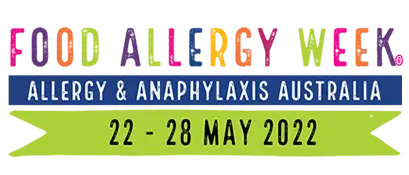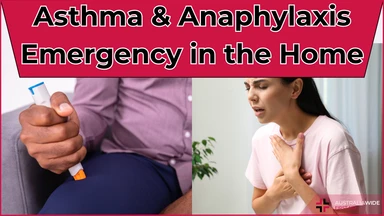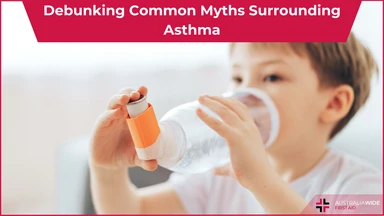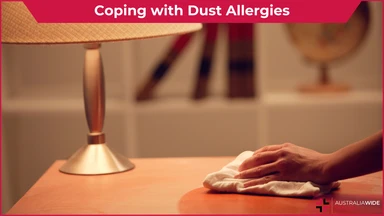Food Allergy Week


This week marks Food Allergy Week, an annual initiative of Allergy & Anaphylaxis Australia (A&AA) to raise awareness about, and rally support for, people living with food allergy.
The rate of food allergy in Australia is on the rise, and we now have one of the highest incidences of food allergy in the world. In fact, 10% of babies born in Australia will develop a food allergy.
It is important that all Australians know how to identify and respond to a food allergy, as they have no known cure and can quickly descend into a life-threatening condition called anaphylaxis.
Allergy & Anaphylaxis Australia (A&AA) is a registered charity that was founded by Meg Johnson in 1993. Johnson, who had become discouraged by the lack of information available to manage her son's severe egg allergy, sought to establish an organisation that assisted and supported those affected by severe allergy and anaphylaxis.
A&AA is now Australia's only national support organisation committed to helping both individuals and carers manage allergy and the risk of anaphylaxis. A&AA's vision is to improve the quality of life for all Australians living with allergic disease. A&AA endeavours to achieve their vision by guiding, educating, and listening to Australians living with allergic disease, as well as advocating on their behalf.
Likewise, A&AA provides the community with evidence-based information, resources, and services to raise awareness about, and facilitate support for, children and adults living with allergic disease. A&AA recognises that food allergy, in particular, is a community issue, and so coordinates broad outreach and education initiatives, like Food Allergy Week, to embrace and engage those affected by the risk of anaphylaxis.
A&AA's Food Allergy Week is an annual initiative dedicated to fostering understanding of food allergy throughout the community.
By informing the community about the signs and symptoms of an allergic reaction, A&AA hopes to reduce the risk of allergic reactions, and to effectively manage severe allergic reactions (anaphylaxis) when they happen.
Throughout Food Allergy Week, A&AA also endeavours to demonstrate how they can assist individuals and carers affected by food allergy, especially those living in rural and remote settings with limited access to health care.
Whether you're an individual, school, workplace, or community group, you can show your support for Food Allergy Week by partaking in any of the following:
More information about how you can get involved can be found on the Food Allergy Week website.
If you're interested in learning more about allergy and anaphylaxis, you might like to check out the following articles in our Resource Library:

October 2, 2013
In an asthma or anaphylaxis emergency you should know the symptoms, remove triggers, and know how to respond. Read on to understand these important aspects in the context of such an emergency.

May 7, 2024
Asthma, a chronic respiratory condition affecting millions worldwide, is often shrouded in myths and misconceptions. Despite how common it is, there is a distinct lack of common knowledge. This is leading to potential mismanagement and unnecessary anxiety for those living with asthma.

February 19, 2024
For many Australians, our city and outdoor lifestyles come with a hidden challenge – dust allergies. Dust mites, pollen, and other airborne particles can trigger allergic reactions, affecting a significant portion of the population.